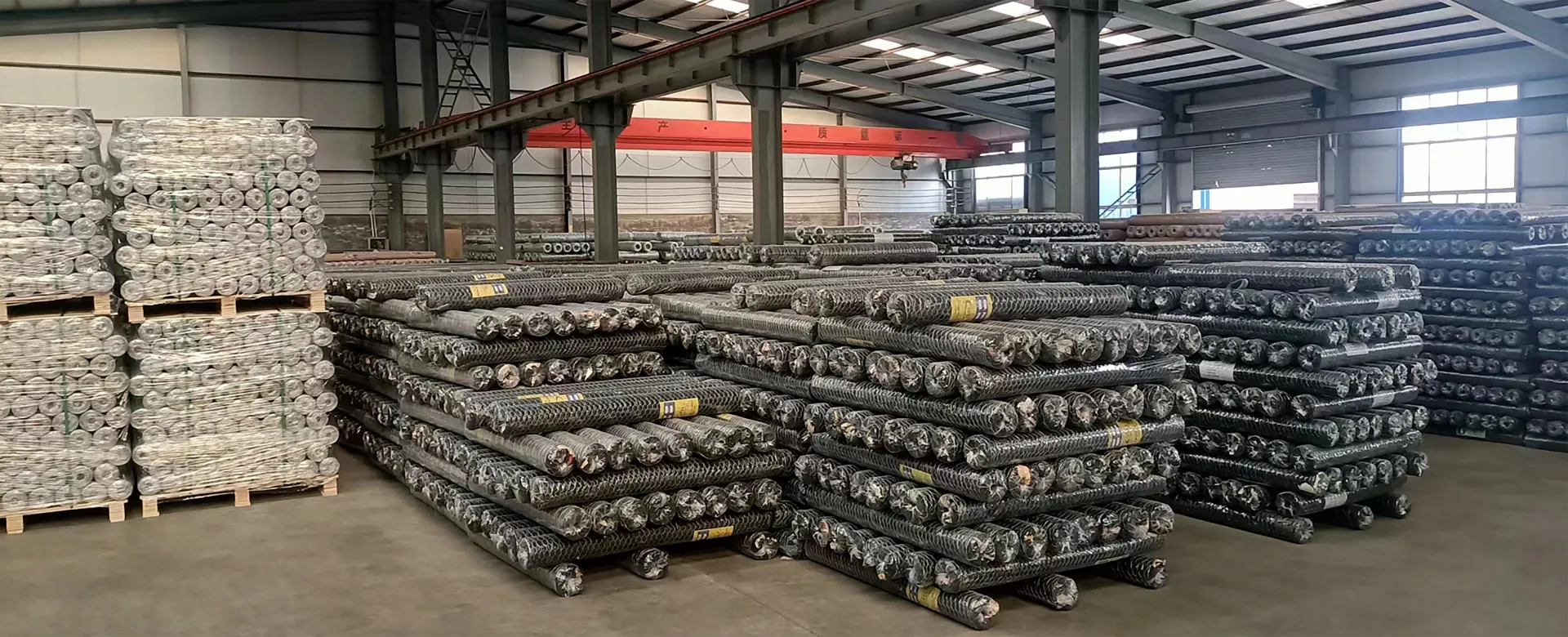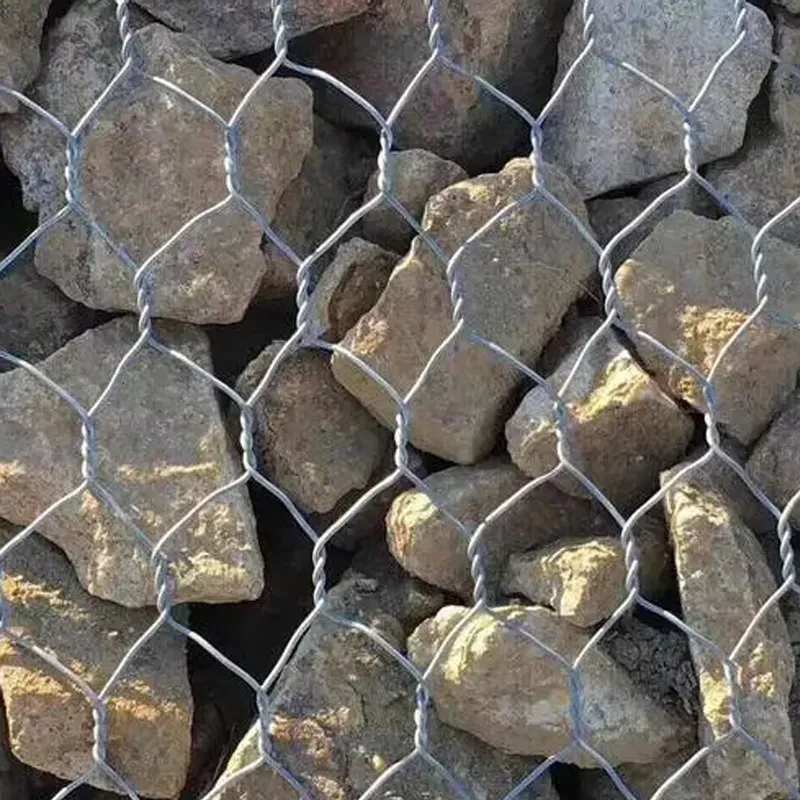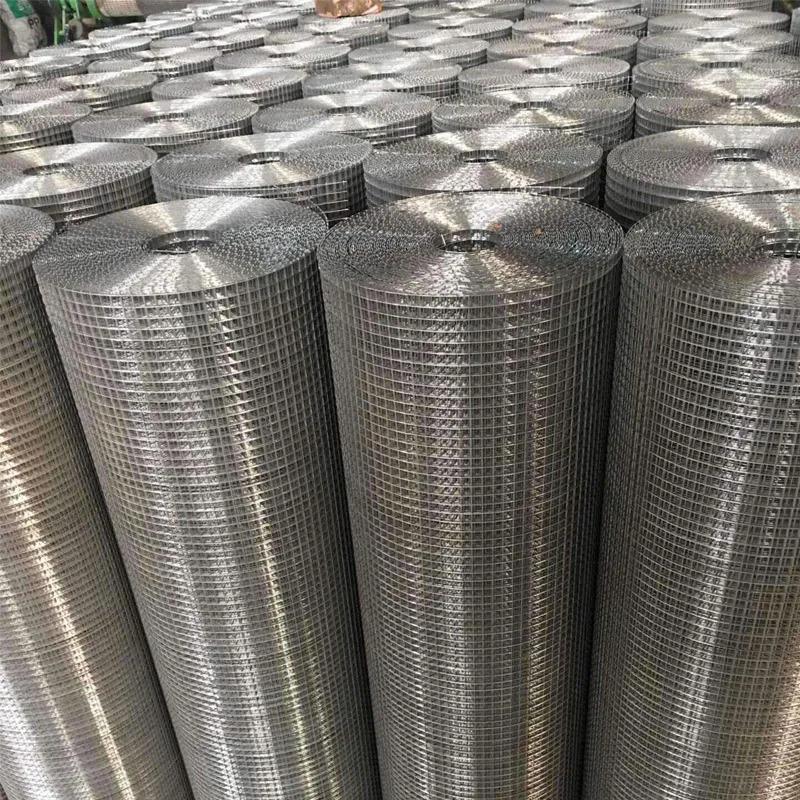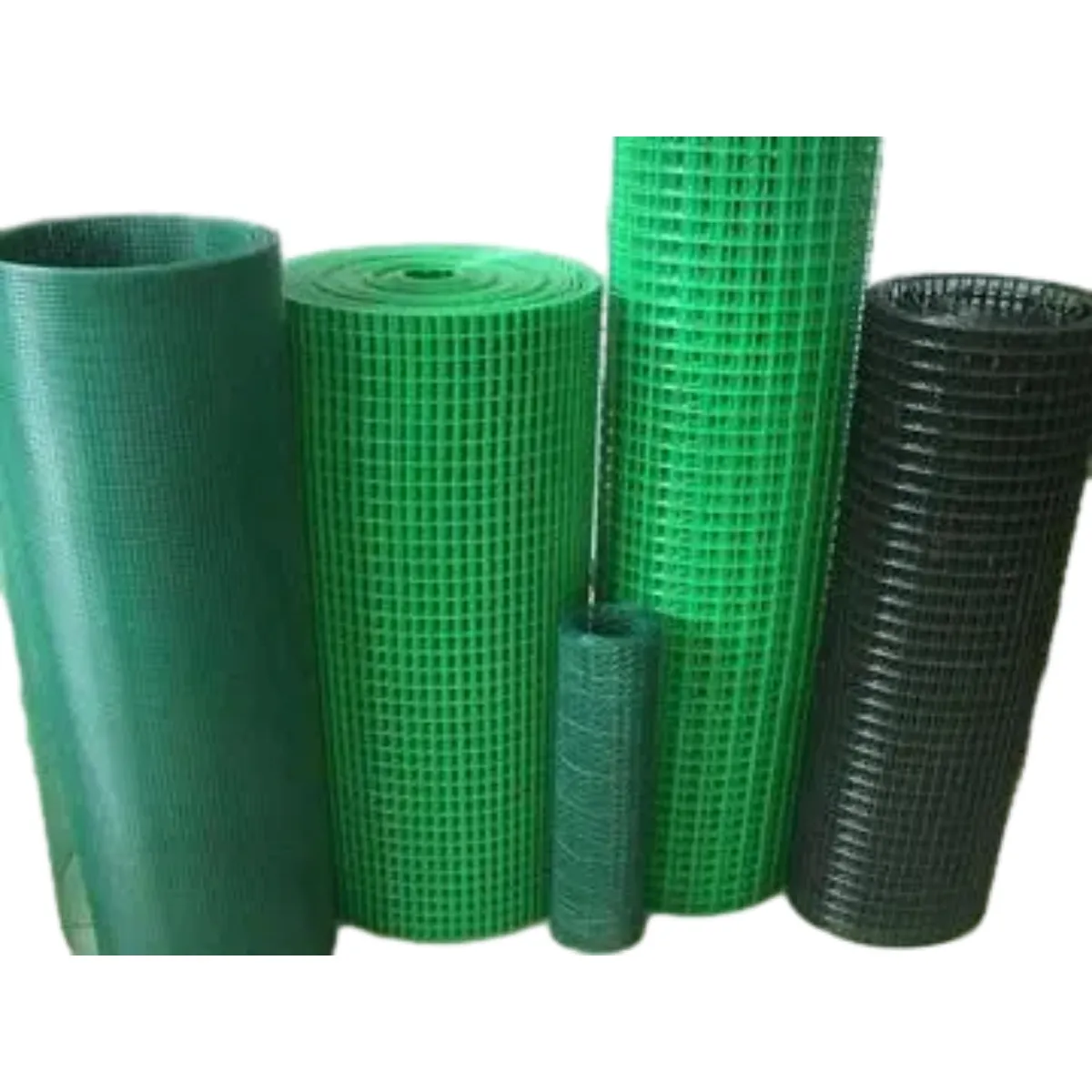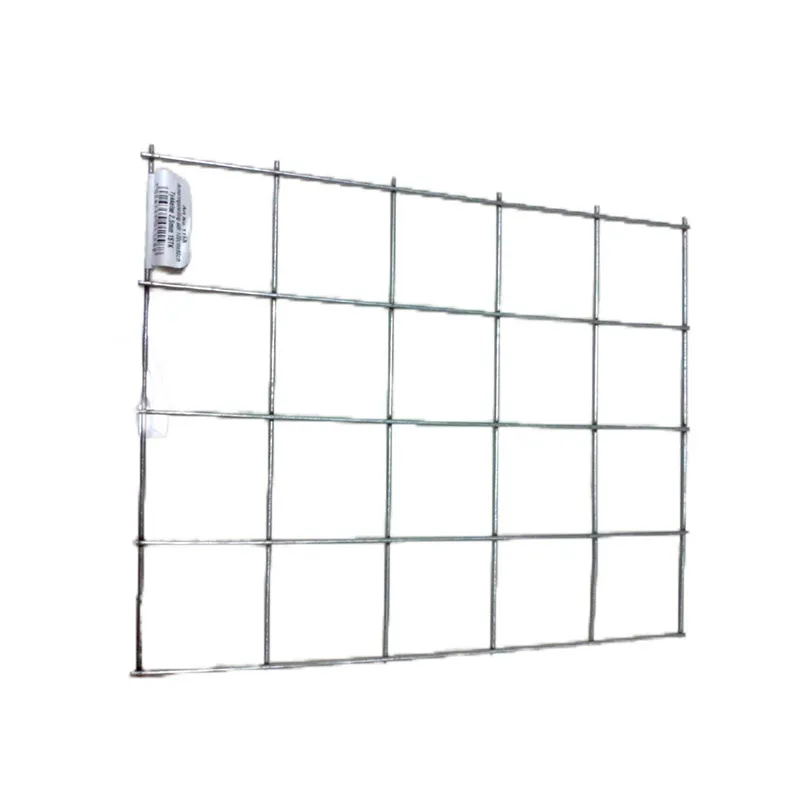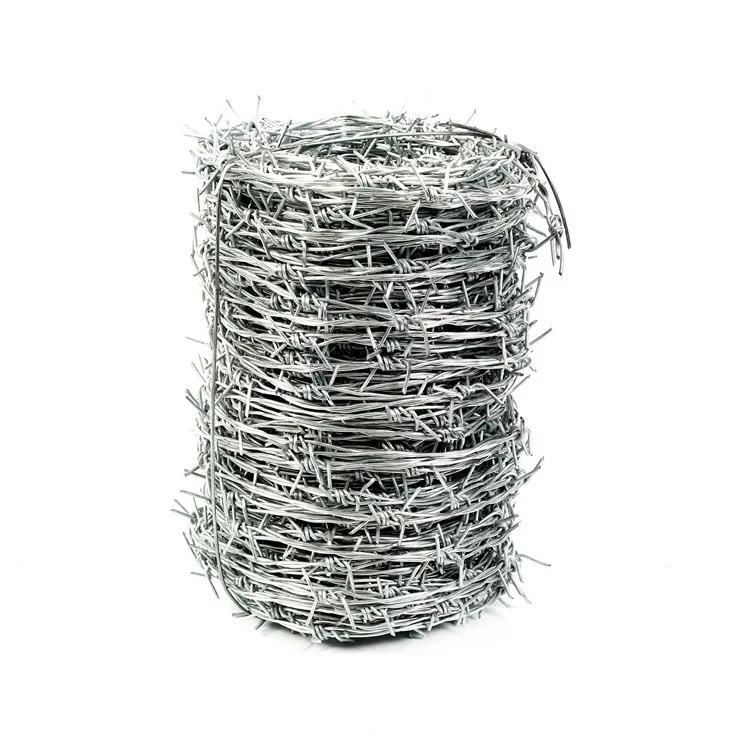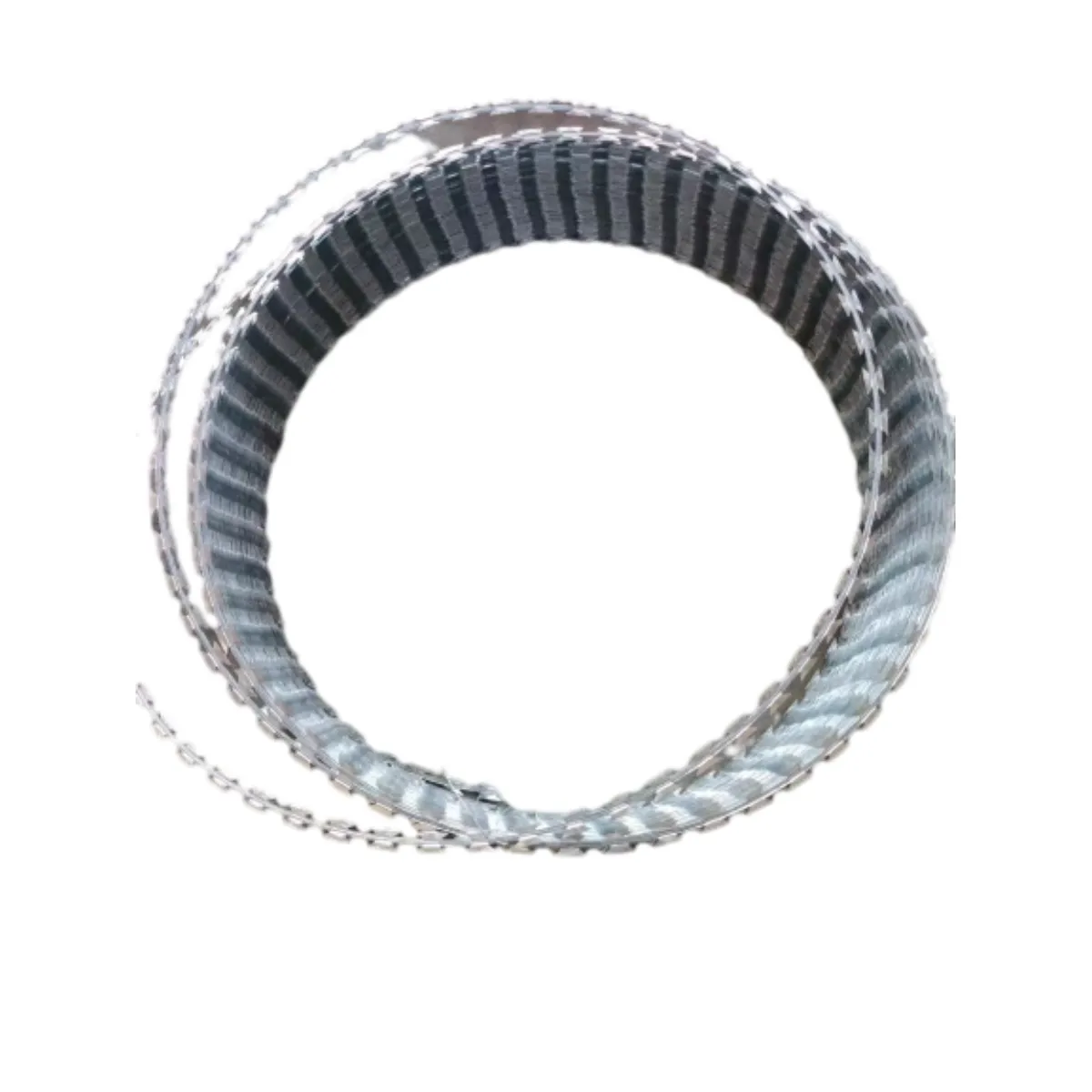Aug . 02, 2024 14:52 Back to list
Understanding the Differences Between Barbed Wire and Razor Wire for Effective Security Solutions
The Significance of Barbed Wire and Razor Wire in Security and Infrastructure
Barbed wire and razor wire are two familiar yet often misunderstood elements of security and perimeter management. They have become ubiquitous in various settings—from prisons and military bases to agricultural fences and private properties—serving as critical tools in deterring unwanted intrusions and ensuring safety.
Historical Context
The origins of barbed wire can be traced back to the late 19th century. Invented in 1867 by Joseph Glidden, this simple yet effective design revolutionized fencing and farming practices, particularly in the American West. Barbed wire provided a cost-effective solution for ranchers to manage livestock, effectively enclosing vast areas of land that were previously difficult to contain. However, its utility extended beyond agriculture; as urban environments grew and security concerns escalated, barbed wire became synonymous with safety and control.
Razor wire emerged later, offering an even more formidable barrier. Composed of sharp blades attached to a metallic strand, razor wire was developed for military and prison security in the mid-20th century. Its design, which makes it extremely difficult to climb or cut through, quickly positioned razor wire as an ideal choice for high-security areas.
Security Applications
Both barbed wire and razor wire are instrumental in discouraging unauthorized access. Barbed wire fences are often seen encircling farms, commercial properties, and even residential areas, acting as a visual deterrent while preventing livestock from straying. The presence of barbed wire alone can significantly reduce the likelihood of trespassing, as potential intruders recognize the risks involved.
On the other hand, razor wire is typically reserved for high-security installations. Its sharp, jagged design makes it particularly effective at thwarting escape attempts in correctional facilities, and its intimidating appearance signals the seriousness of the security measures in place. Furthermore, razor wire is widely used in military contexts to secure bases and sensitive locations in conflict areas, reinforcing barriers against potential threats.
barbed wire razor wire

Ethical Considerations
While barbed and razor wire are essential for security, their use raises ethical questions. The fact that these barriers can cause serious injury or even fatal accidents has sparked debates about their appropriateness, especially in public spaces. Social activists argue that such measures can lead to a culture of fear and segregation, creating environments that alienate communities rather than fostering safety.
Alternatives to traditional barbed and razor wire solutions, including more humane fencing designs and advanced surveillance technology, have emerged in response to these concerns. These methods aim to balance security needs with the rights and welfare of individuals, ultimately promoting a more inclusive approach to safety.
Future Trends
As technology continues to evolve, the future of security fencing may very well shift toward a blend of traditional materials and modern innovations. Smart fences equipped with sensors, cameras, and alarms can enhance security without the harshness associated with razor wire. The growing emphasis on aesthetics in security design might lead to the development of visually appealing barriers that deter intrusions while maintaining a more welcoming environment.
Additionally, ongoing discussions about safety, privacy, and ethical security practices will shape how and where barbed and razor wire are utilized in the coming years. Policymakers, security experts, and community stakeholders will need to collaborate to establish standards that not only protect but also respect individuals' rights.
Conclusion
In conclusion, barbed wire and razor wire have significant roles in ensuring security across various environments. While their effectiveness in deterring intrusions is undeniable, it is vital to engage in discussions about their ethical implications. The future of security infrastructure will likely depend on finding innovative solutions that respect human dignity while still providing robust protection. Balancing these needs will be essential for creating safe and inclusive spaces in our increasingly complex world.
-
Weather Resistance Properties of Quality Roofing Nails
NewsAug.01,2025
-
How Galvanised Iron Mesh Resists Corrosion in Harsh Environments
NewsAug.01,2025
-
Creative Landscaping Uses for PVC Coated Wire Mesh Panels
NewsAug.01,2025
-
Common Wire Nail Dimensions and Their Specific Applications
NewsAug.01,2025
-
Choosing the Right Welded Wire Sheets for Agricultural Fencing
NewsAug.01,2025
-
Anti - Climbing Features of Razor Wire Barriers
NewsAug.01,2025

